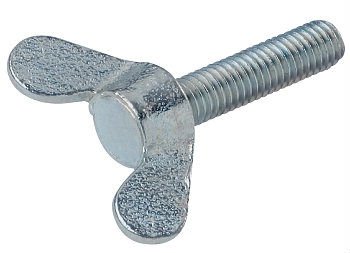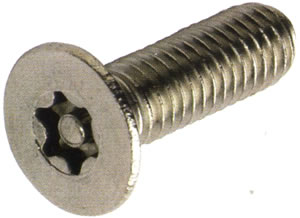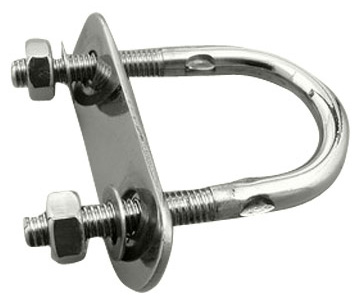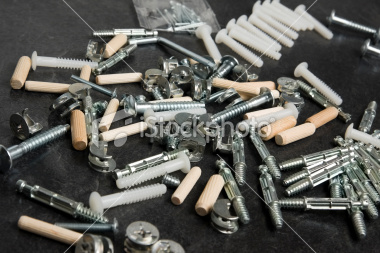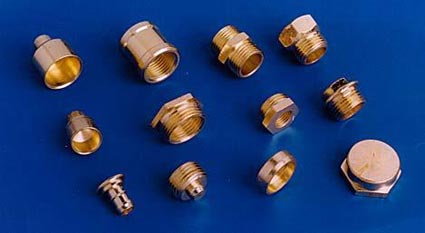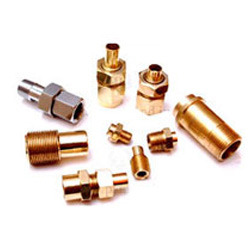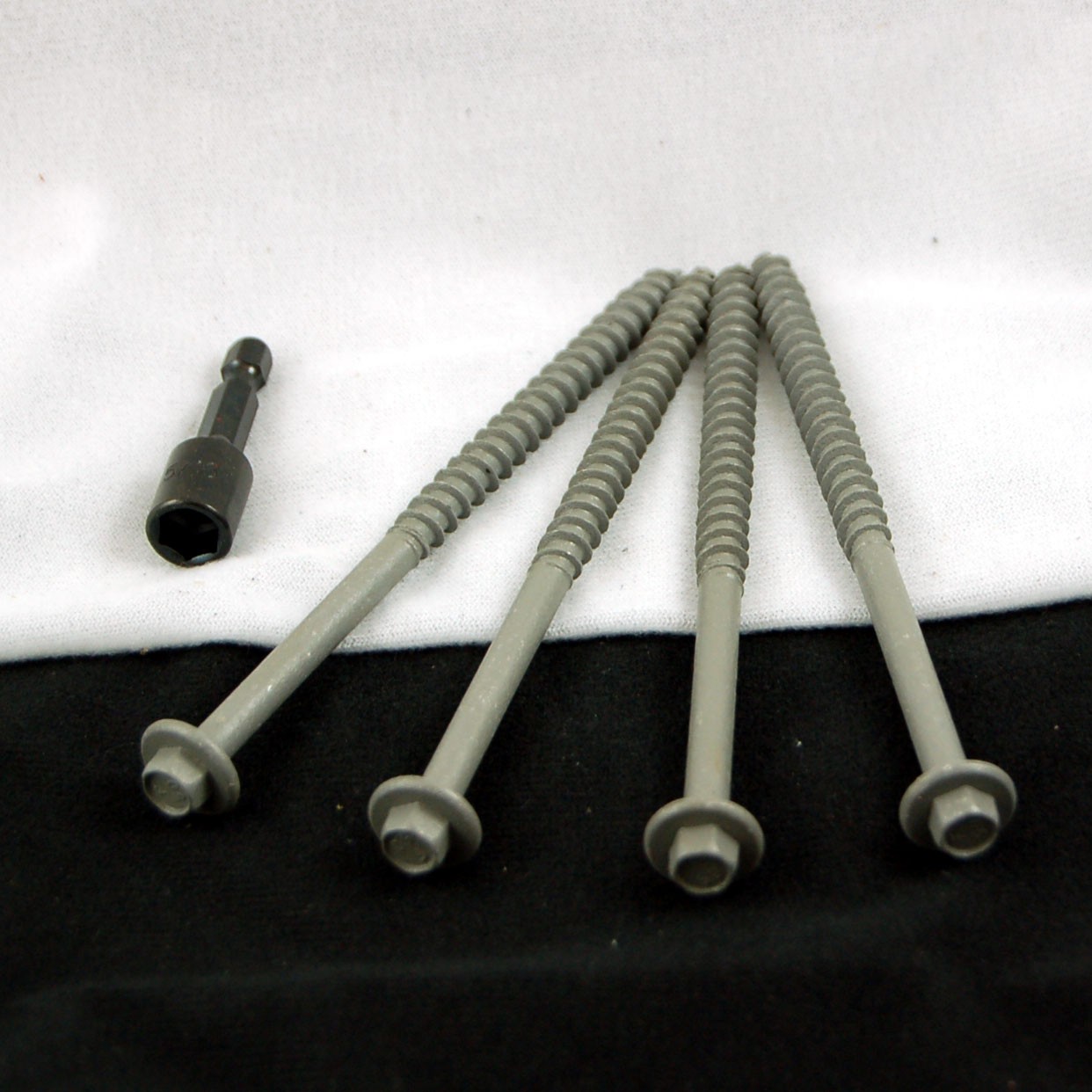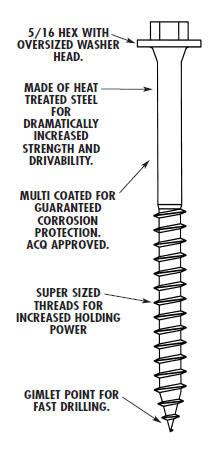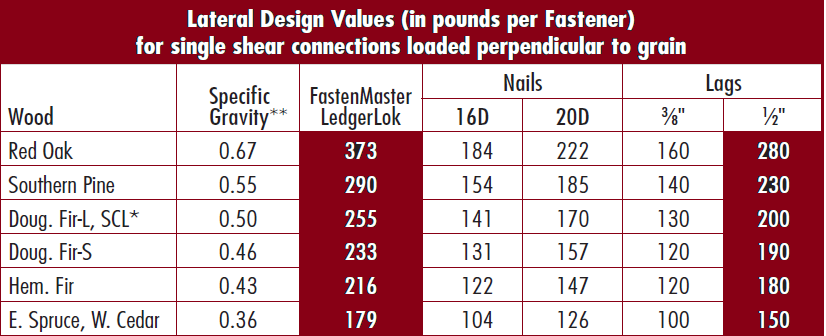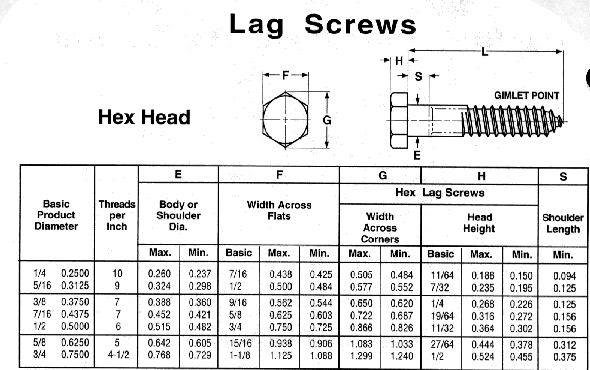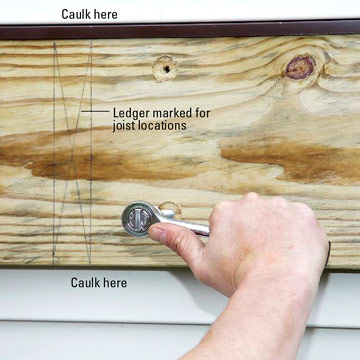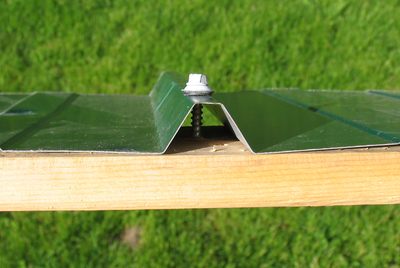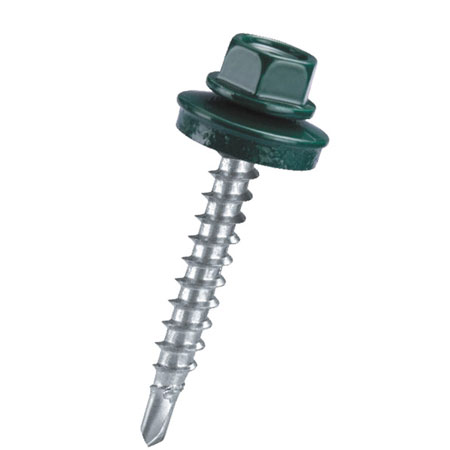A set screw is a kind of fastener used to fasten two objects together. It is most commonly used in securing a gear or pulley to a shaft. It is usually headless and so it’s also known as ‘blind‘.
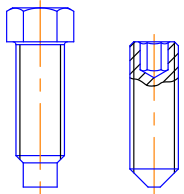
This kind of rivet is fully threaded and unlike other screws, it doesn’t have any head projecting out of the screw thread. The blind set screw is known as a ‘grub screw‘ and is always driven with an internal-wrenching drive, such as Allen (hex socket), Torx (star), Roberston (square socket) or slot.
One of the most commonly used type of set screw is the full dog point set screw, which features a flat tip stretching from one end of the screw. This extended tip helps in locating a machined groove on a shaft.
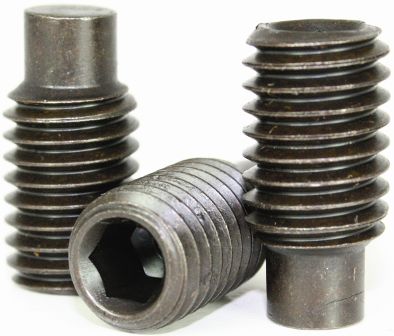
In industrial applications, the set screw is enabled to pass through a threaded hole in the external object and is tightly secured against the inner device, so as to prevent the inner device from moving relative to the external object. This kind of method eventually releases a clamping force on the end tip of the hole.
This kind of action can be further explained with this example – When a set screw is secured into a pulley hub and its end-point is firmly attached to the shaft, some amount of friction is created between the screw and shaft. And because of this fastening action, some amount of plastic/elastic deformation is also created simultaneously.
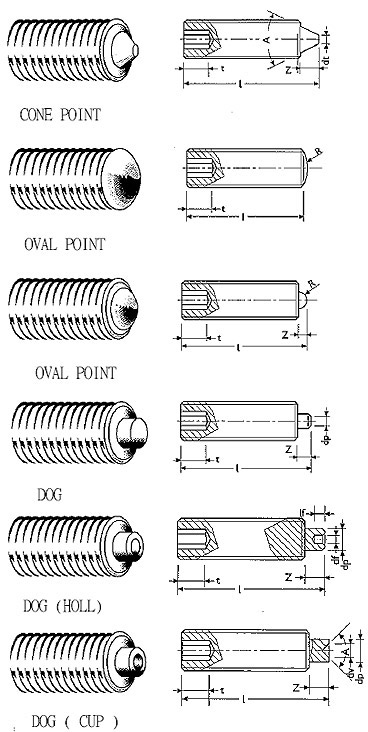
Types of Set Screws
#Full Dog Point Set Screws – These types of set screws enable the shaft to rotate freely whilst maintaining the spindle in a locked position. These fasteners are available in different thread sizes ranging from M2 to M16. Besides, these rivets are also available in 5/40 X 3/8, 6/32 x 1/4, 6/32 x 5/16 and 6/32 x 3/8 alloy steel; A2 and A4 stainless steel as well. All these models comply with industry standards.
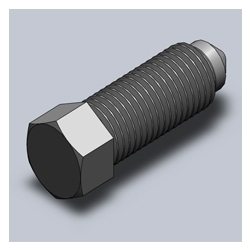
To facilitate more, the dog point set screws are enabled with high precision machining process. Through this feature, a general tolerance level of ±0.13 mm is conveniently achieved. This kind of high level of accuracy makes these set screws suitable for high precision applications. These types of rivets are also available in other finishes, various other thread sizes and are flexible enough to be modified to suit the customers’requirement.

Specifications
- Dimensions: ASME B18.3
- Material &Mechanical Properties: ASTM F912.
- Diameter: 3/16 ,1/4, 5/16, 3/8
- Thread requirements: ASME B1.1, Class 3A, UNC and UNF.
- Finish: Black Oxide (Thermal or Chemical)
#Half dog point screws – Like full dog point set screws, these rivets also feature a flat tip, protruding out from one end. This flat tip is typically located within a shaft groove on the fastener and it helps in the rotation of the shaft, whilst still retaining compression and holding both objects in place. These metal pieces are mostly used for permanent rotating part settings.
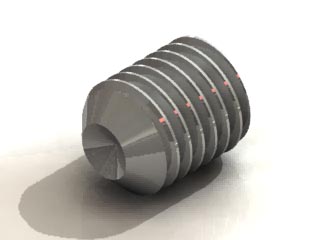
These screws are developed from high grade alloy and stainless steel, sourced from trusted vendors. Stores like Mutual Screw offer these screws in various finishes and dimensions, so as to suit every individual’s requirements in different applications. These set screw are used in various oil & petrochemical plants, especially because of their special non-electrolyte plating like geometer and dacromet features.

Specifications
- Standard: DIN 564
- Diameter: M6-M36
- Length: 10 mm – 250 mm
- Material: Alloy, stainless steel
- Finish: Zinc trivalent, hexavalent, zinc flake, hdg, blackening
Both the full dog point set screws and half dog point screws are equipped with an extended tip that fits into a hole drilled in a shaft. This feature is used in permanent location while attaching one part to another. Sometimes, these tips are even replaced with dowel pins. Both of these set screws are also used as adjusting screws and are ideal for thin wall and soft plugs. These are specially designed for frequent resetting and relocating purposes.
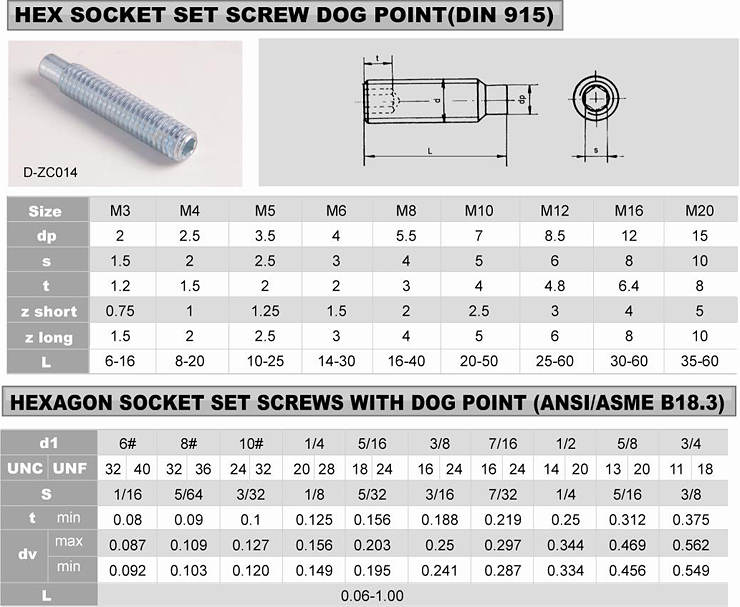
#Cup point set screw It is another most commonly used type of set screw. It features a cup-shaped dent on one end and is mostly used for temporary assembly or quick projects. The cup point feature is the major highlight of such kind of set screw, as its round surface offers excellent resistance and a strong grip.
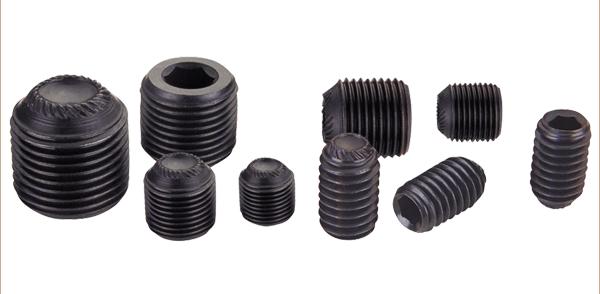
This set screw is designed by dexterous engineers, who assure that these fastening products are developed in strict compliance with the industry standards and norms. Moreover, these products are widely popular in the market because of their corrosion resistant characteristic, dimensional accuracy and longer service life.
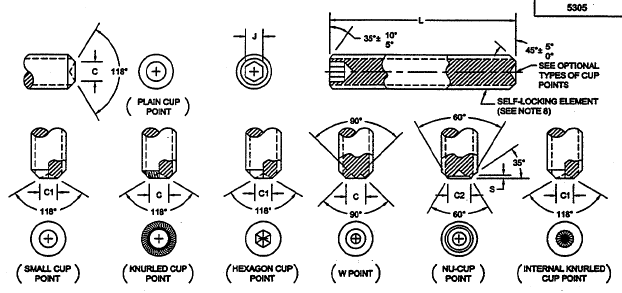
Specifications
- Standard ISO 4029, DIN 916, BS.4168, 818.3.6, WB18.3, JIS 811.77
- Diameter: M4 to M24, 3116″ to 1″
- Length: 5 mm to 60 mm, 3/16″ to 2 ½”
- Material: Alloy, stainless steel
- Finish: Thermal black only
#Flat point set screw – This screw features a flat surface on one end and is the simplest and least expensive of all the types of set screws. A flat point of set screw is appropriate in situation where the set screw is required to press completely flat against a surface, so as to create compression.
This kind of fastener is excellent for projects, which demand frequent relocation rather than than permanent positioning.
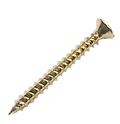 Now choosing the right type of fastener is necessary. You should select depending upon the type of your job. However, it can be bit complicated, as there is a huge variation, when it comes to materials, sizes, head styles, plated finishes and thread types. And if you’re thinking of going for a popular online store say Mutual Screw then twinfast screws are available in wide ranges. So you need to decide as per your basic requirements and then should go for a particular model. Buy Twinfast Screws from the main website.
Now choosing the right type of fastener is necessary. You should select depending upon the type of your job. However, it can be bit complicated, as there is a huge variation, when it comes to materials, sizes, head styles, plated finishes and thread types. And if you’re thinking of going for a popular online store say Mutual Screw then twinfast screws are available in wide ranges. So you need to decide as per your basic requirements and then should go for a particular model. Buy Twinfast Screws from the main website.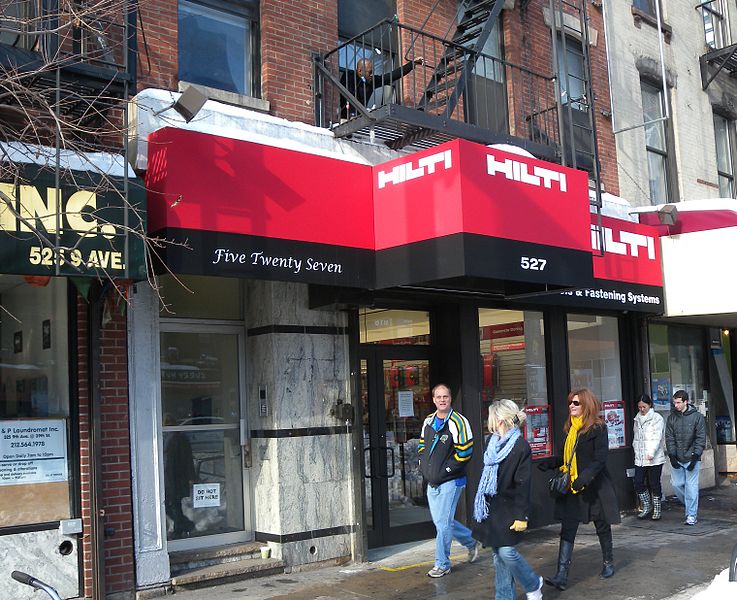
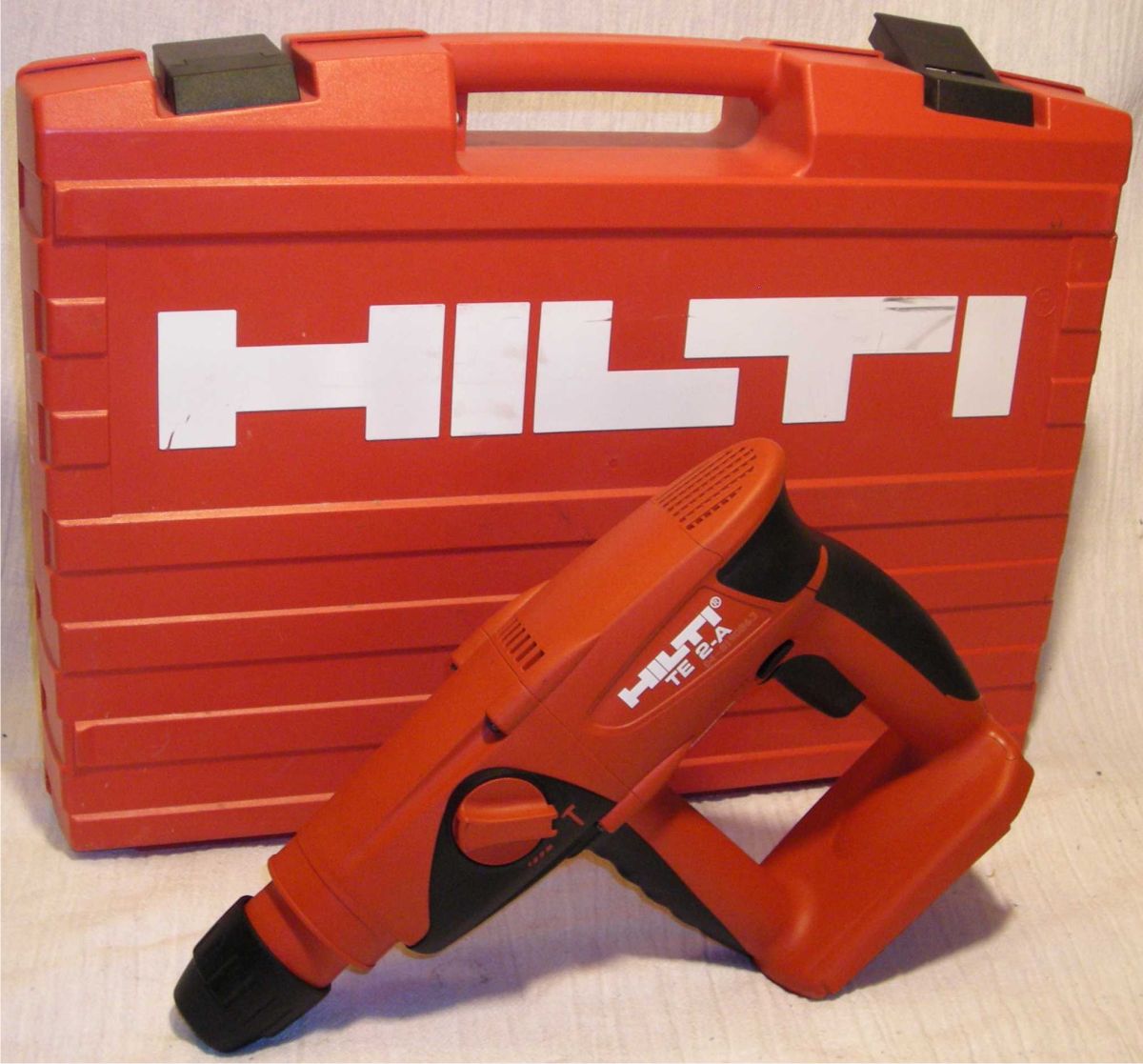
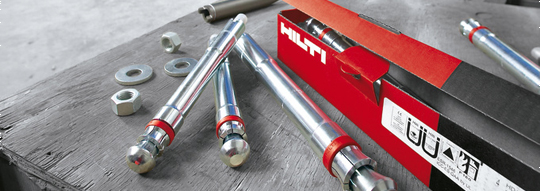
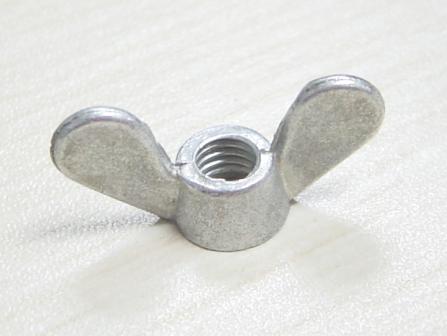 Replacement hinges are usually available at the home supply stores and are used for projects such as mending old furniture items or installing new cabinet doors. Such kind of fastener is also seen at salvage units, especially in cases, where people are willing to use historic hardware.
Replacement hinges are usually available at the home supply stores and are used for projects such as mending old furniture items or installing new cabinet doors. Such kind of fastener is also seen at salvage units, especially in cases, where people are willing to use historic hardware.